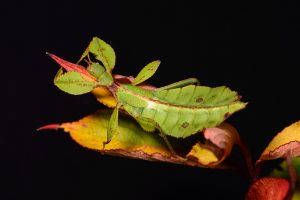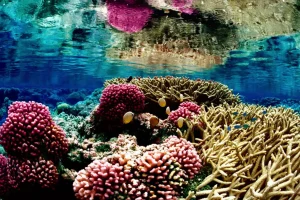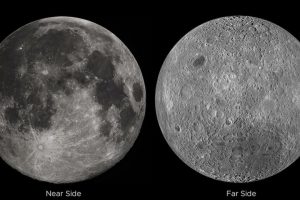
© Shutterstock
Examining the intricate design of the organ responsible for arguably the most vital sense we possess.
Musa Ahmad Sattar, London, UK – Deputy Science Editor
Have you ever taken a moment to look deep into the wonder of the eye?
Imagine if you had never seen the world before. The beauty and complexity of the universe would be completely foreign to you.
The eye is one of the most complex organs, and although small, it is responsible for our sense of sight, which is arguably the most vital sense we possess. It enables us to see the beauty of nature, appreciate human creativity, and connect with others through eye contact. Although considered a tool for sight, it also is a gateway to the soul. Our eye reveals our emotions, intentions, and deepest feelings, reflecting our inner selves.
Eyes collect and send light information to the brain for interpretation, allowing us to see and understand our surroundings. They also help us connect with others through nonverbal communication, conveying emotions and intentions. The power of sight is not only remarkable, but an integral part of the living experience.
Despite advances in our knowledge of the nature of sight, scientists continue to be puzzled over how we translate the data flood from our eyes.
The design of the eye is truly astonishing. It is made up of many complex structures, each with a specific function. The cornea is the clear, dome-shaped surface that covers the front of the eye. It is responsible for refracting light and focusing it onto the lens. The iris is the coloured part of the eye that controls the amount of light that enters through the pupil. The lens is a clear, flexible structure that changes shape to help focus light onto the retina. The retina is the thin layer of tissue at the back of the eye that contains photoreceptor cells, which detect light and transmit visual signals to the brain via the optic nerve. The eye also has many protective structures, such as the eyelids, eyelashes, and tear ducts. These structures work together to keep the eye moist, clean, and free from harmful debris. If this complex structure, was in the slightest bit out of order or missing one layer of cells, our vision would cease to exist.
Eyes are an incredible organ found in different species to meet their demands in a variety of surroundings. Humans, for example, can detect 10 million different colours, while owls have binocular vision that is ten times sharper than ours. Cats have a wider field of vision than humans and can see better in dim light. Chameleons, on the other hand, can move their eyes independently of each other, allowing them to scan their surroundings in different directions simultaneously. The mantis shrimp, which has 16 different types of photoreceptor cells, can see a range of colours beyond what humans can perceive. Humans blink an average of 15-20 times per minute, while giraffes have the largest eyes of any land animal, measuring up to 2.5 inches in diameter. Dragonflies have up to 30,000 individual lenses in their eyes, allowing them to see a wide range of motion and detect prey from great distances. Hammerhead sharks have eyes positioned on the sides of their head, giving them a wider field of vision to locate prey, and praying mantises can see ultraviolet light, which helps them detect flowers and other insects. Scallop eyes offer incredible functionality, distorting internal mirrors to concentrate light like a telescope.
These examples demonstrate the incredible diversity and complexity of eyes in the animal kingdom, highlighting the beauty of nature’s design. As Professor Brian Cox said that 96% of species have an eye, yet interestingly every eye in the world operates in the same way at the molecular level. To believe that all of this simply happened by mere chance would require a tremendous leap of faith.
Does the intricately complex and perfect design of the eye not then point to the presence of a Higher Power? How wonderful would it be if we begin to use our eyes to catch glimpses of our Creator through His powers?
Further Reading:
Lisa A. Ostrin, Anatomy of the Human Eye: A Coloring Atlas (Miejsce nieznane: wydawca nieznany: 2021).
Michael F. Land, Eyes to See: The Astonishing Variety of Vision in Nature (Oxford University Press: 2018).




Add Comment